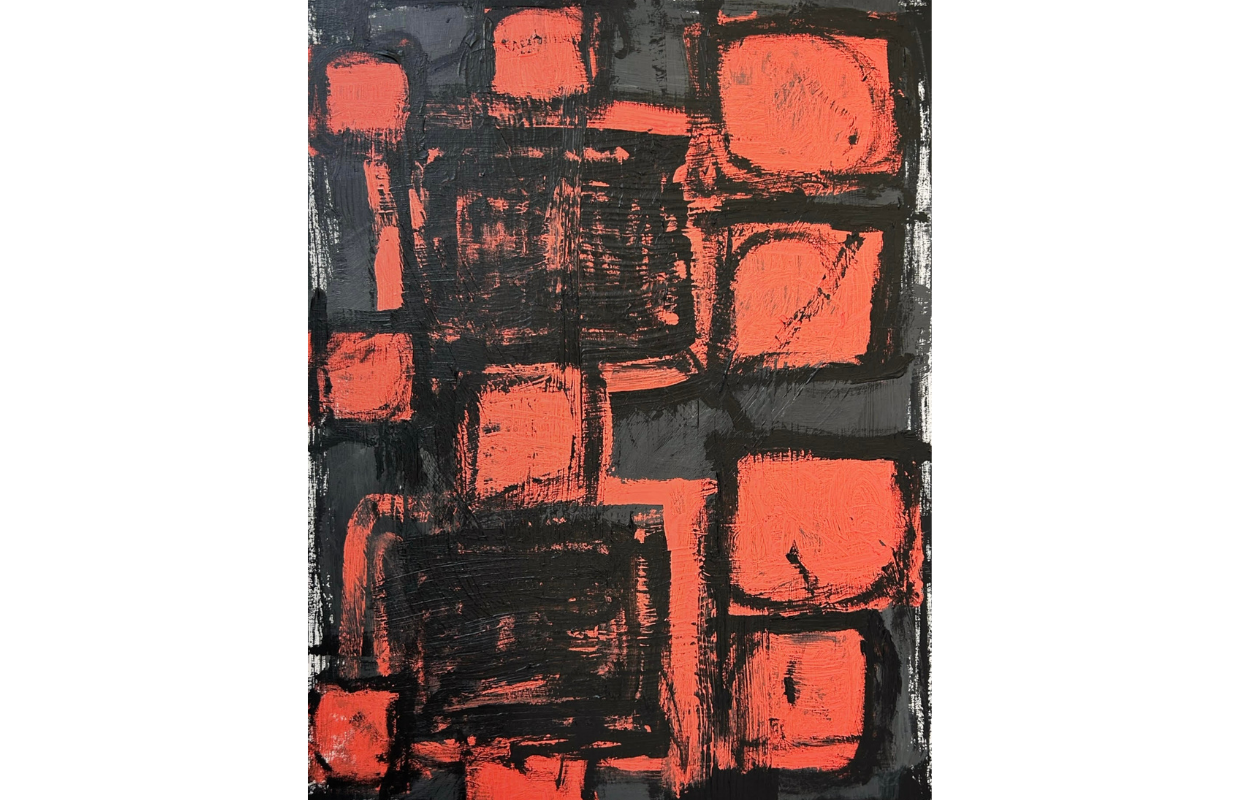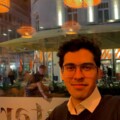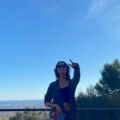Behind the Canvas: Artistic Journeys and Creative Insights
Explore the artists behind ‘Echoes of Matter’ and their unique approaches
Art is not just what you see on the surface; it is the culmination of thought, experimentation and expression. In this section, we dive into the minds of artists participating in the Echoes of Matter online exhibition uncovering the unique approaches that shape their work. From the fluid balance of improvisation and precision to the deeply personal stories embedded in each piece, these insights reveal the passion and philosophy driving their creative journeys.

Zelinka views the unpredictable process of matter painting as an exploration of texture and light. She enjoys observing the drying paint as it transforms into uneven surfaces, creating unique shadows and depth. The spontaneity of each piece, coupled with the layers of paint, results in a one-of-a-kind visual experience that invites viewers to connect on a deeper level.
"I often create with a childlike excitement. I can't wait to get it done and see all the little details. Sometimes I just watch the paint dry on the canvas, discovering the unevenness of the surface where the light breaks it, where it casts shadows."
Magdolna approaches her art like an explorer on the edge of discovery, allowing her paintings to take on a life of their own. Her process is one of spontaneity, where each layer of paint reveals new shapes, textures, and emotions. Her works are meant to be felt as much as seen, encouraging viewers to find their own meanings within the abstract swirls of color and form. For Magdolna, the unpredictable drying process—where light hits uneven surfaces and shadows are cast—creates an intimate dialogue between the artist, the artwork, and the observer.
“Sometimes I just watch the paint dry on the canvas, discovering the unevenness of the surface where the light breaks it, where it casts shadows.”

Hubmann’s fascination with the fragility and transience of walls is the driving force behind her creative process. In her work, walls are not just physical structures but symbols of protection, separation, and eventual decay. Inspired by the centuries-old walls of Venice, she reflects on the impact of time, climate change, and human activity on these structures.
"I am fascinated by all the fragility and structures, and putting these photos into serial orders working with systems of different numbers finding associations... It is always essential showing a process – everything is flowing and transforming."
Lotte’s work invites us to see walls not just as static barriers but as living, breathing entities that evolve over time. Her deep fascination with the fragility of Venetian walls, slowly eroded by moisture and floods, fuels her artistic expression. Through photography and mixed media, she captures the silent transformation of these structures, arranging her images in serial patterns that reflect the fluidity of life. For Lotte, the process itself—watching surfaces change and recompose—is as meaningful as the final result.
“It always reminds you of the process of changing, and someday it will be gone, having fallen into pieces and swallowed by the sea.”

Yüce’s work is shaped by the emotional and psychological effects of the pandemic. His matter paintings explore the theme of confinement, with walls representing the barriers people build to cope with fear, loneliness, and vulnerability. In his featured work, he presents a figure hidden within a wall, symbolizing the inner struggles of modern life.
"I conceived the idea of a figure hidden within the wall, imagining it as a traveler on a journey towards hope."
For Mustafa Yüce, art becomes a space to process the emotions of isolation and longing, a reflection of the pandemic's impact on humanity. His creative process is deeply introspective, using walls as metaphors for both the confinement we experience and the shelter we seek. In his work, walls are not merely physical; they are emotional landscapes, where hidden figures represent the journey from despair to hope. Mustafa’s art speaks to our collective resilience, a reminder that even in confinement, there is the potential for transformation and freedom.
“I wish that they tightly embrace the hope that may exist or seem to exist beyond the walls.”

Székács views matter painting as an endless source of creative exploration. His paintings balance abstraction with subtle references, incorporating tactile elements like sand, burlap, and bituminous materials. This fusion of texture and form creates a visceral experience for viewers, encouraging them to engage deeply with the work.
"The archaic sensuality of sand colored with feldspars and oxides can touch the deep layers of our perception."
His participation in this exhibition showcases how ancient art forms can blend with modern technology to create an enriching viewer experience. He creates works that are a sensory journey, where texture and touch play a central role. His use of natural materials like sand and bitumen gives his paintings a raw, elemental quality, blending ancient and modern sensibilities. Zoltán's pieces often conceal hidden figures within abstract compositions, inviting the viewer to look deeper into the layers. For him, the interplay between rough and smooth, heavy and light, is a powerful way to connect with the viewer on a visceral level.
“Tactility is one of the defining elements of my paintings... the rhythmic alternation of rough and smooth, heavy and light, can touch the deep layers of our perception.”

Eisenstein’s paintings delve into the contrast between personal expression and shared experience. By using layers and contrast, he aims to evoke strong emotional responses from viewers, inviting them to engage with his personal stories through the lens of their own experiences. His creative process is a delicate dance between structured precision and spontaneous exploration. His paintings begin with a clear framework, balancing different styles, such as sketching and precision. But once the main structure is set, he allows improvisation to take over, letting the piece evolve naturally. This fluid transition from planning to spontaneous creation is where Elad feels his breakthroughs happen, as it frees the work from constraints, giving it an emotional depth that connects with his audience. Elad also views the interaction between art and walls as symbolic—how we choose to display a painting is akin to a mirror reflecting personal taste, values, and social connections. For him, walls carry meaning beyond their physical form; they become a medium for expressing individuality, shaping how we perceive ourselves and others in shared spaces.
“Hanging it on our walls is like hanging a mirror. This act of self-reflection placed in a social environment of our choice is an act of openness.”
The exhibition 'Echoes of Matter' runs online from the 14th of October to the 14th of December, with majority of works available for direct purchase.
Share the post:














